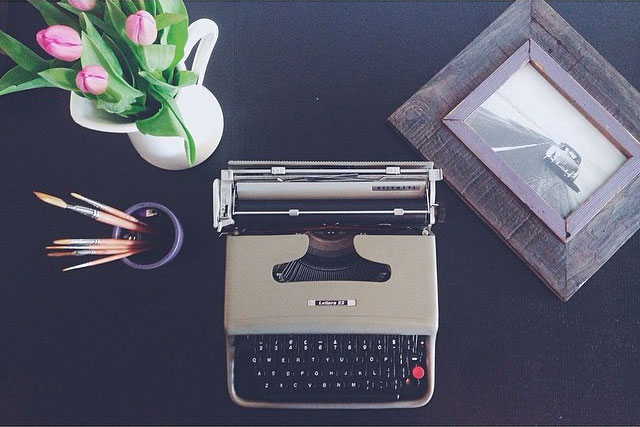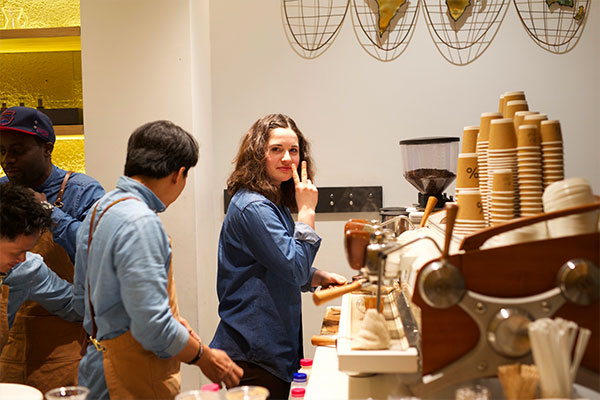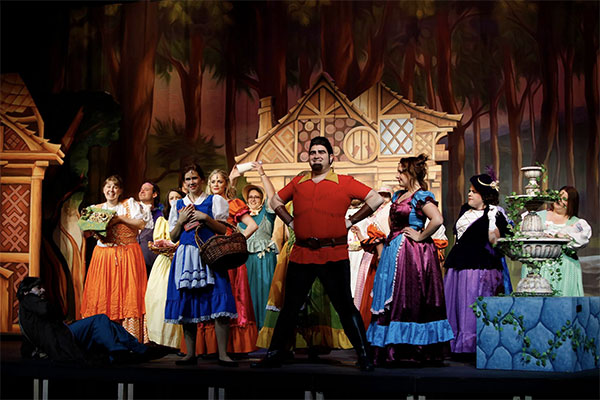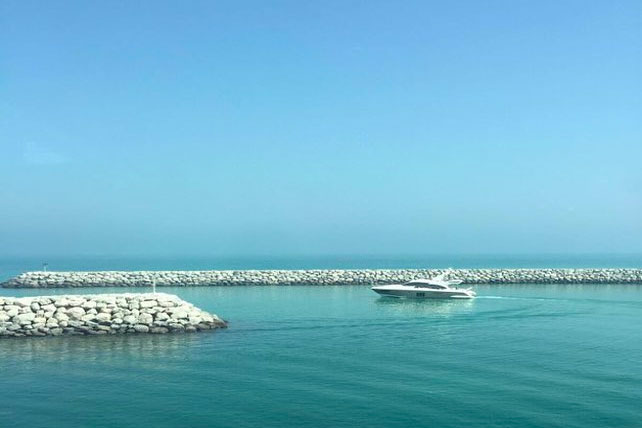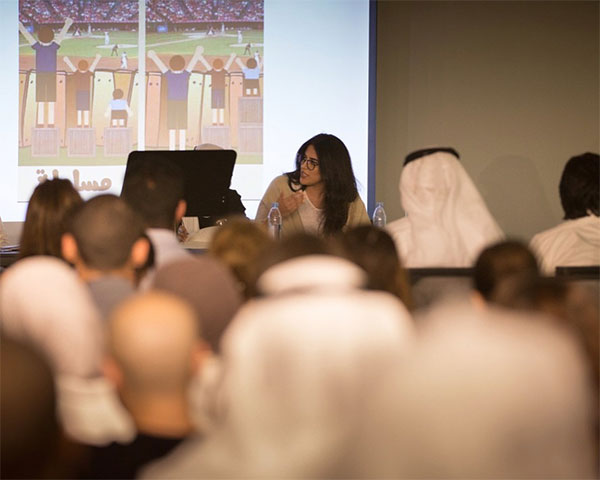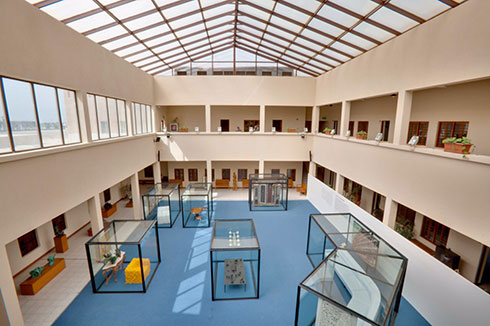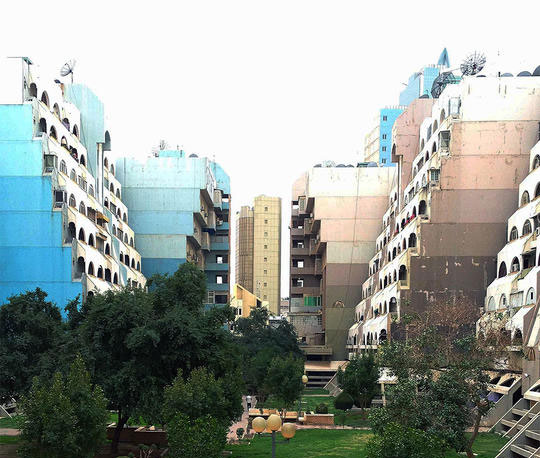
A few years ago I posted about a Kuwaiti violin maker and since its a slow news week, I decided to repost that article. You can check the original post [Here] but I’ve also copy pasted it below. It’s a very interesting story if you haven’t read it before:
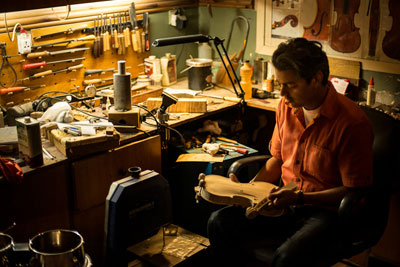
Article originally posted on July 24th, 2013
Last night I passed by and met Haitham Al-Ghareeb, a local violin maker. We met at his small cozy workshop in Rawda located right outside his home. When you walk into his dimly lit workshop you’ll see a small diwaniya on the left with around a dozen violins hanging on the wall, while on the right hand side is his workstation where he crafts all his violins. He filled a kettle with water and put it on a small electric stove next to him and we started talking.
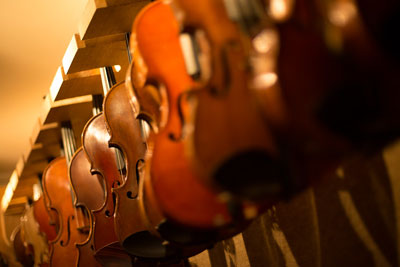
Back in 2000, Haitham was a oud player but was interested in getting into violins. He started looking for a good violin to buy in Kuwait but he couldn’t find any. Most of the violins available in the market back then were of poor quality from low end brands. That’s why Haitham decided to make his own violin using documents and instructions he found online.
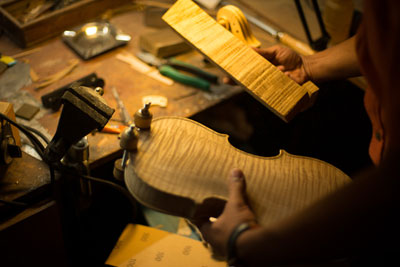
Haitham hadn’t crafted any musical instruments before, he had dabbled with some minor oud repair but nothing major. This got me even more curious, how can a 25 year old with no previous woodworking skills be able to craft such a delicate instrument as a violin? Well the answer I believe might be in his genes. Haitham’s father, grand father and great grand father were all dhow builders. Woodworking had existed in his family for generations and it was just natural for him to be good at it.
Haitham’s first violin wasn’t flawless, it had mistakes and was made using locally sourced wood but yet the sound it produced to his ears was beautiful. This encouraged him to build a second better violin with imported tonewood (wood cut specifically for musical instruments). He started frequenting forums and participating in online communities where other violin craftsmen from around the world would share their tips and techniques. His violins kept improving with every build and soon he had his own tips and tricks to share with the community. He loved crafting violins so much that he quickly forgot about wanting to play them. He became obsessed in building and perfecting his own creations.
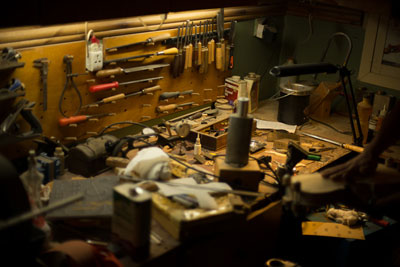
When Haitham first started making violins he was spending 4 hours a day working on them and each violin would take around 2 months to complete. Nowadays he’s too busy with work and family so it takes him around 9 months to complete a single violin. But he’s fine with that. He never started making violins with the intention to turning it into a profitable business. Even his prices have remained the same over the years even though his violins kept getting better and demand for them kept increasing. He just loves making violins and isn’t interested in expanding. It’s a hobby he’s just really good at. He also does a lot of repair work on violins which to many musicians is a lifesaver. Musicians bond with their instruments and having a local violin maker means that a damaged violin no longer needs to be discarded but instead can be repaired. Only two of the violins hanging on the wall were his, the rest were either in for repair or were being sold by other musicians.
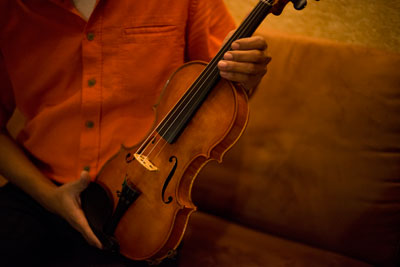
Once we were done with the interview, Haitham served us some tea. Throughout the whole interview which lasted around 40 minutes I had watched him make us the tea using two kettles, a can filled with what I assume is tea leaves and a box filled with I don’t know what. He then skillfully poured the tea from the large kettle into three glasses that were sitting amongst a dozen on the table in front of us. The tea was delicious and to me summarized the kind of person that Haitham is, a perfectionist.
If you’d like to contact Haitham for any reason you can do so by emailing him on [email protected]





